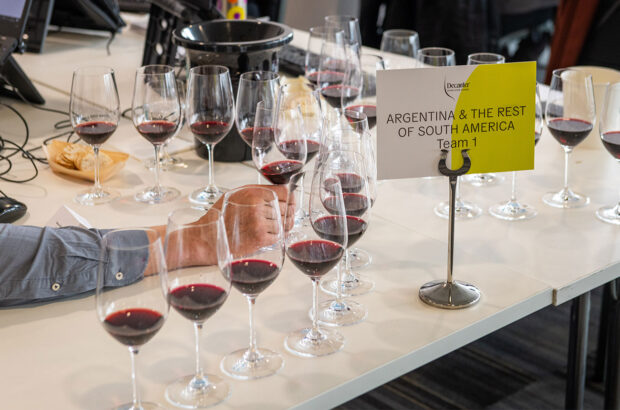Chile is ready to take its place in the world as an icon wine producer: the time for waiting is over, according to winemaker Ted Mostero.
Mostero, an American who has been winemaker at the Concha y Toro/Baron Philippe de Rothschild joint venture Almaviva since 2004, was speaking at a vertical tasting of the icon wine’s first eight vintages.
Asked if the time was right for Chile to be selling wines at such a high price – Almaviva costs more than £300 per case – Mostero said consumers were happy to pay that sort of money. It was usually only journalists who questioned it, he said.
‘I don’t think there is any more waiting for Chile to do,’ he said. ‘There is a particularity about the country and the terroir. Quality is a given. People buy the personality as well as the terroir.’
Challenged on perceived high levels of brettanomyces in some bottles of Almaviva, Mostero said that, at low levels, brett could add to a wine’s complexity, but admitted that the issue of bottle inconsistency worried him. ‘I don’t think any responsible winemaker would encourage the presence of brett,’ he added. ‘But you will find it present in almost every wine you test.’
Almaviva is made under a ‘château’ concept at Puente Alto in the Maipo Valley, using a blend of Cabernet Sauvignon, Carmenère and Cabernet Franc sourced from a 42ha vineyard.
Written by Richard Woodard






